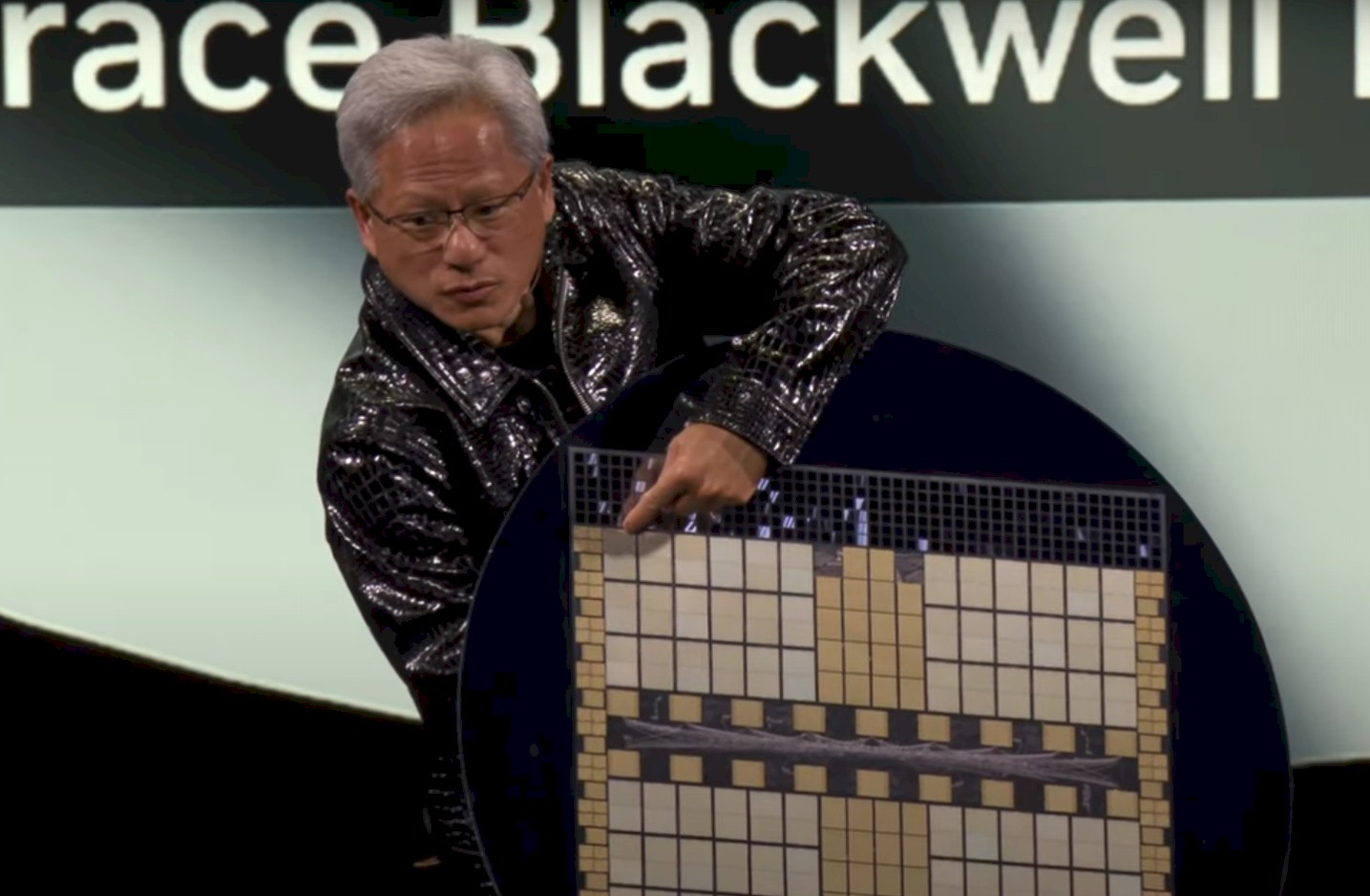Yayoi Kusama and the Dialectics of Art, Branding, and Ephemerality
Yayoi Kusama’s polka-dotted world has become a global phenomenon. Often credited with revolutionizing avant-garde art in the 1960s, Kusama today is more recognizable than many contemporary artists, due not only to her prolific oeuvre but also her branding savvy. This essay examines the trajectory of her work as it drifts away from the traditional mission of art—arguably to interrogate, critique, or reflect societal truths—and instead positions itself as a self-contained, immersive spectacle reminiscent of luxury brands such as Louis Vuitton or Coach. In this context, the viewer is less “audience” and more “consumer,” and Kusama’s galleries become shopping-mall-like environments where the merchandisable qualities of her installations often overshadow any profound social or historical commentary.
Kusama arrived in the United States in the late 1950s, settling in New York at a pivotal moment in American art history. Abstract Expressionism was dominant, and soon Pop Art and Minimalism would reshape the artistic landscape. Kusama’s early work reflected her personal struggles, including hallucinations she experienced from childhood and the sense of alienation she felt as an immigrant woman in a predominantly male art scene. In these formative years, one finds moments of private reflection and genuine vulnerability. While her work at that time did not necessarily engage with pressing societal issues such as the Vietnam War or the Civil Rights Movement—crucibles of the 1960s—her journey paralleled America’s hedonistic explosion of counterculture.























